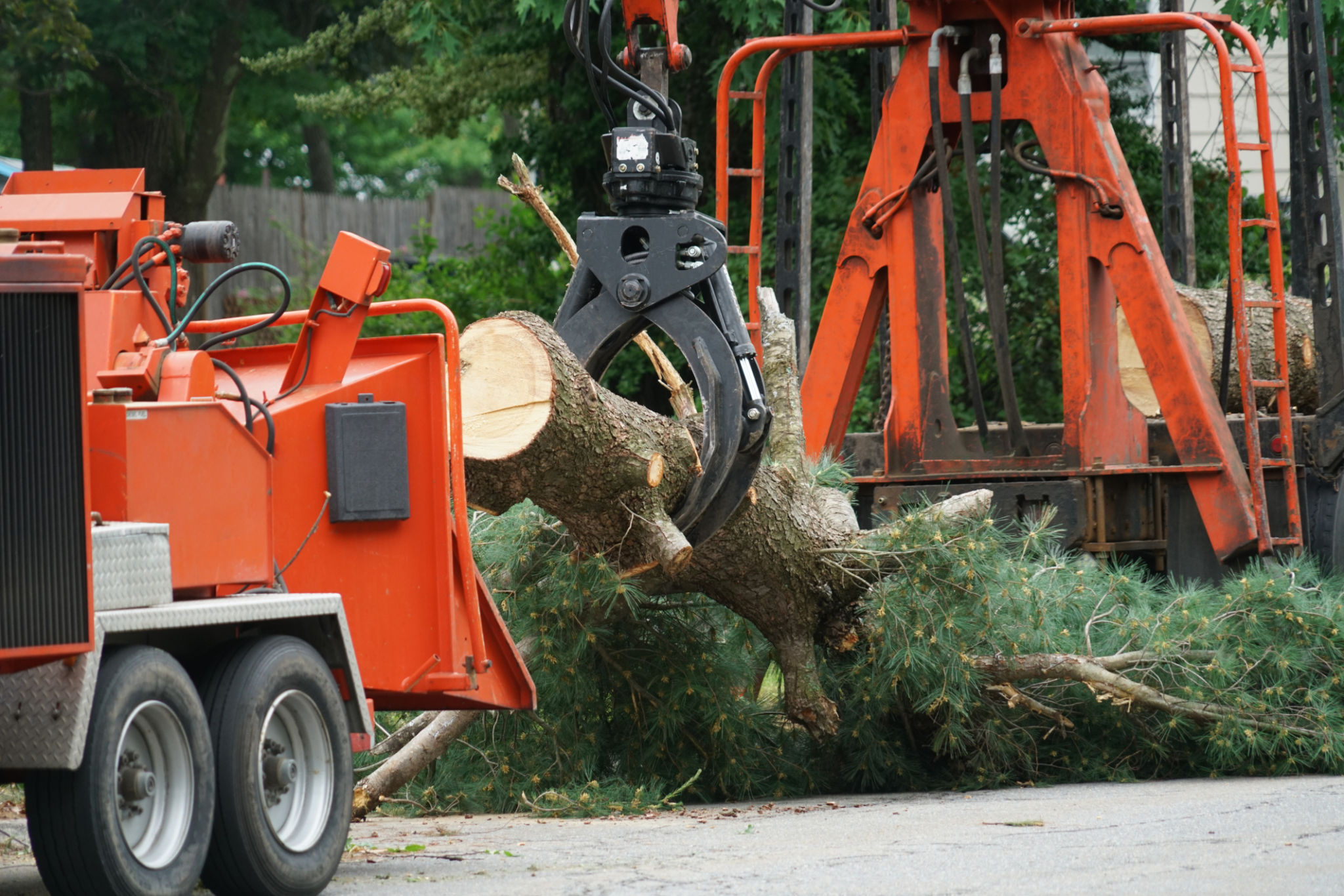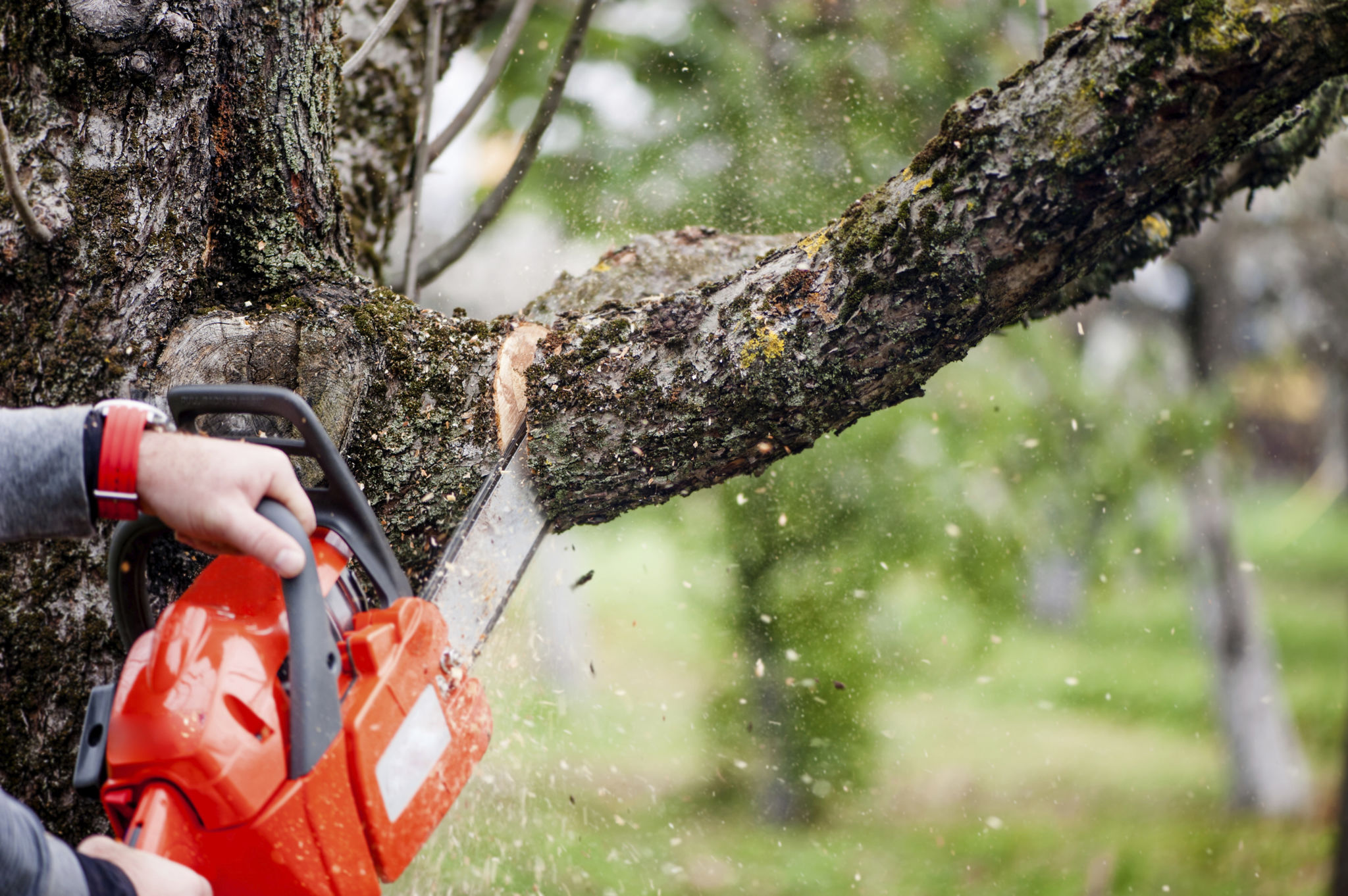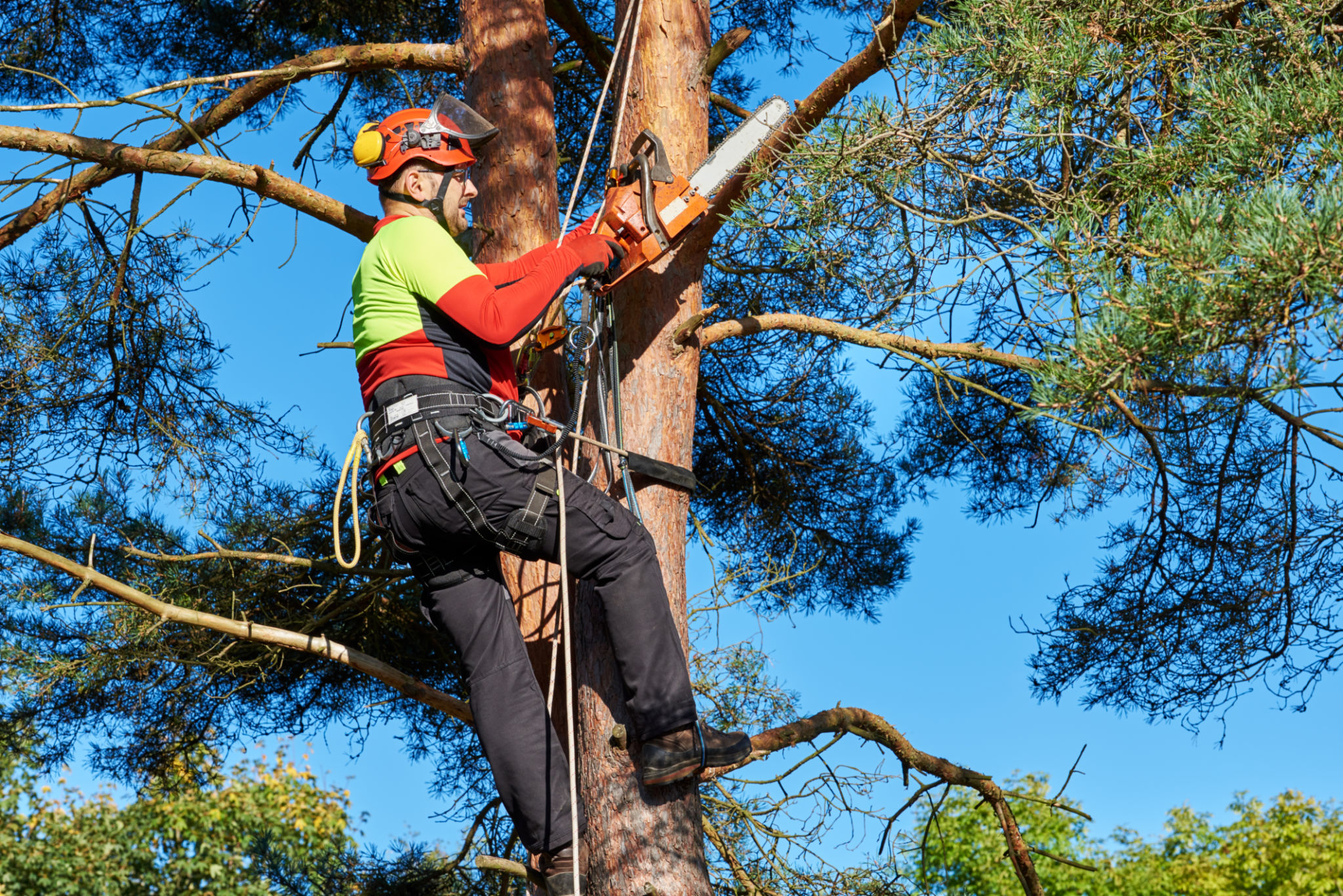Myths About Tree Removal: What You Need to Know
Understanding Tree Removal Myths
Tree removal is a task that often comes with its fair share of myths and misconceptions. Whether it’s about the impact on the environment or the complexity of the process, misinformation can lead people to make uninformed decisions. In this blog post, we aim to debunk some of the most common myths about tree removal.

Myth 1: Removing Trees is Always Bad for the Environment
One of the most pervasive myths is that removing trees is inherently harmful to the environment. While it’s true that trees play a critical role in ecosystems, there are situations where tree removal is beneficial. For example, removing diseased or invasive trees can allow native species to thrive, improving the overall health of a forest or garden.
Moreover, professional tree removal services often collaborate with environmental experts to ensure that any removal has a minimal ecological impact. It’s important to consider the context and reason for tree removal before assuming it’s a negative action.
Myth 2: Tree Removal is an Easy DIY Project
Another common misconception is that tree removal is a simple task that anyone can handle with basic tools. In reality, tree removal is a complex and potentially dangerous process that requires specialized skills and equipment. Attempting to remove a tree without proper knowledge can result in injury or property damage.

Professional arborists are trained to assess the condition of trees and determine the safest and most effective removal methods. Hiring experts ensures that the job is done safely and efficiently, saving you from potential risks and unforeseen costs.
Myth 3: All Trees Are Too Valuable to Remove
While trees certainly hold aesthetic and ecological value, not every tree is worth preserving. Trees that are dead, severely diseased, or pose a safety risk due to their location should be considered for removal. Ignoring these issues can lead to more significant problems, such as falling branches or property damage during storms.
In some cases, removing a problematic tree can increase the value and safety of your property. It’s essential to evaluate each tree based on its condition and potential risks rather than assuming all trees must be preserved at all costs.

Myth 4: Tree Removal Doesn't Require Permits
Many people believe that they don’t need any permits or approvals for tree removal on private property. However, this is not always the case. Depending on your location and the size or species of the tree, local regulations may require you to obtain a permit before proceeding with removal.
Failing to secure necessary permits can result in fines or legal issues. It’s crucial to check with local authorities or consult with a professional tree service to understand any legal requirements before starting the removal process.
The Importance of Professional Assessment
To make informed decisions about tree removal, it’s best to consult with a certified arborist. They can provide an expert assessment of your trees’ health and offer recommendations based on their findings. With professional guidance, you can ensure that any tree removal is conducted responsibly and safely.
By dispelling these myths and understanding the facts about tree removal, homeowners can make better decisions for their properties and the environment. Remember, each situation is unique, and expert advice can help navigate the complexities involved in tree care.
